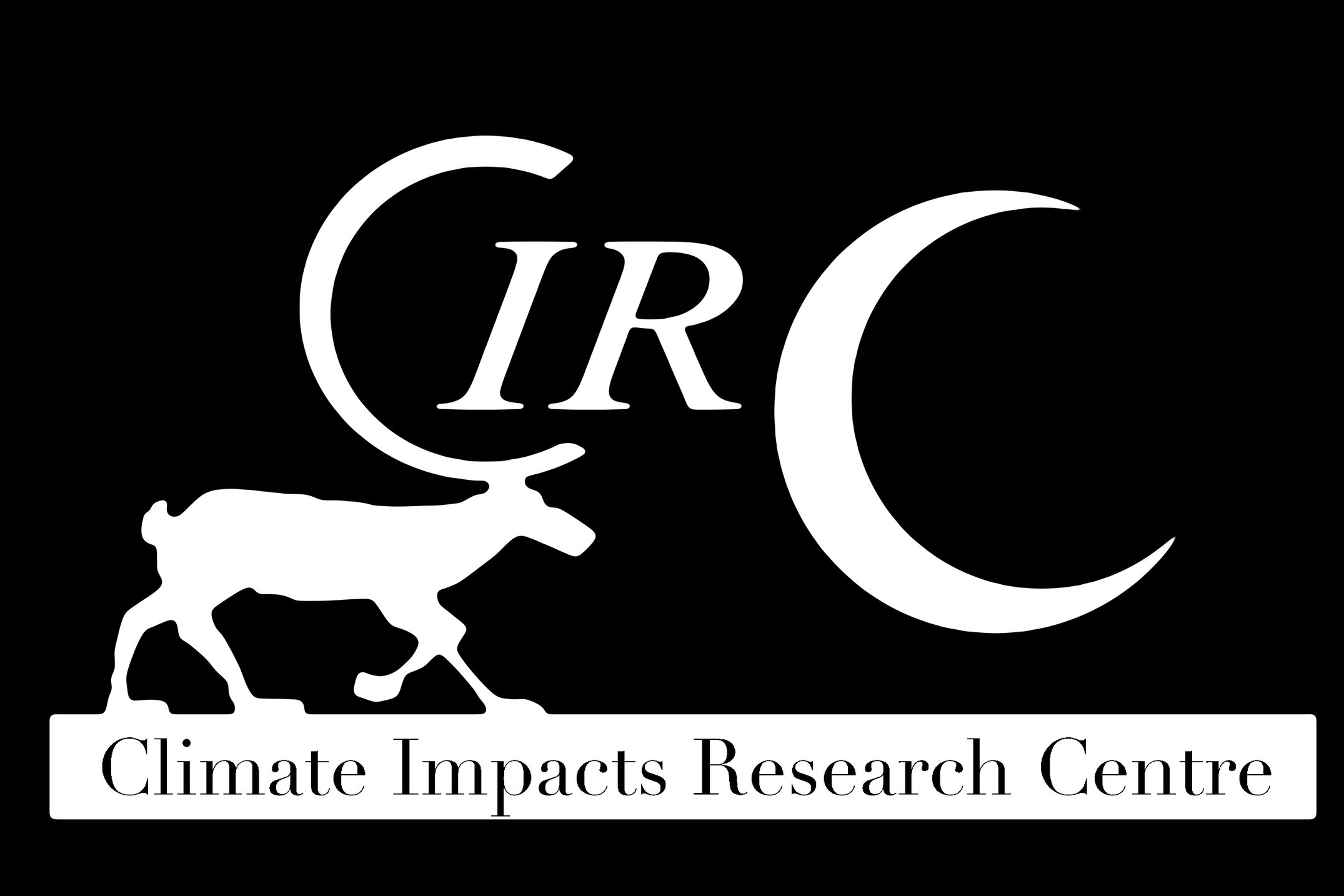Impacts of climate warming and brownification on trophic dynamics and food webs of northern lakes
Project Summary
Warming and brownification (increased terrestrial inputs of colored dissolved organic matter, OM) are major environmental changes in northern lakes. There is a high degree of uncertainty of how these changes will act individually and collectively on lake ecology and functioning. Biological compositions in northern lakes are expected to alter with warming and brownification. However, knowledge of the corresponding responses in resource use (autochthony vs allochthony) and production of consumers, and resultant trophic-transfer efficiency (TTE) and food-chain length (FCL), is lacking. There is a critical need to understand these responses, as TTE determines the strength of trophic support for aquatic top predators (e.g. fish) and thus food production for humans, and FCL can strongly influence ecosystem functioning and services. The purpose of this project is to assess these lake responses to warming and brownification by using a combined approach that comprises (i) a field study of subarctic lakes across a climate gradient, and (ii) mesocosm experiments on aquatic consumers under manipulative climate conditions.



